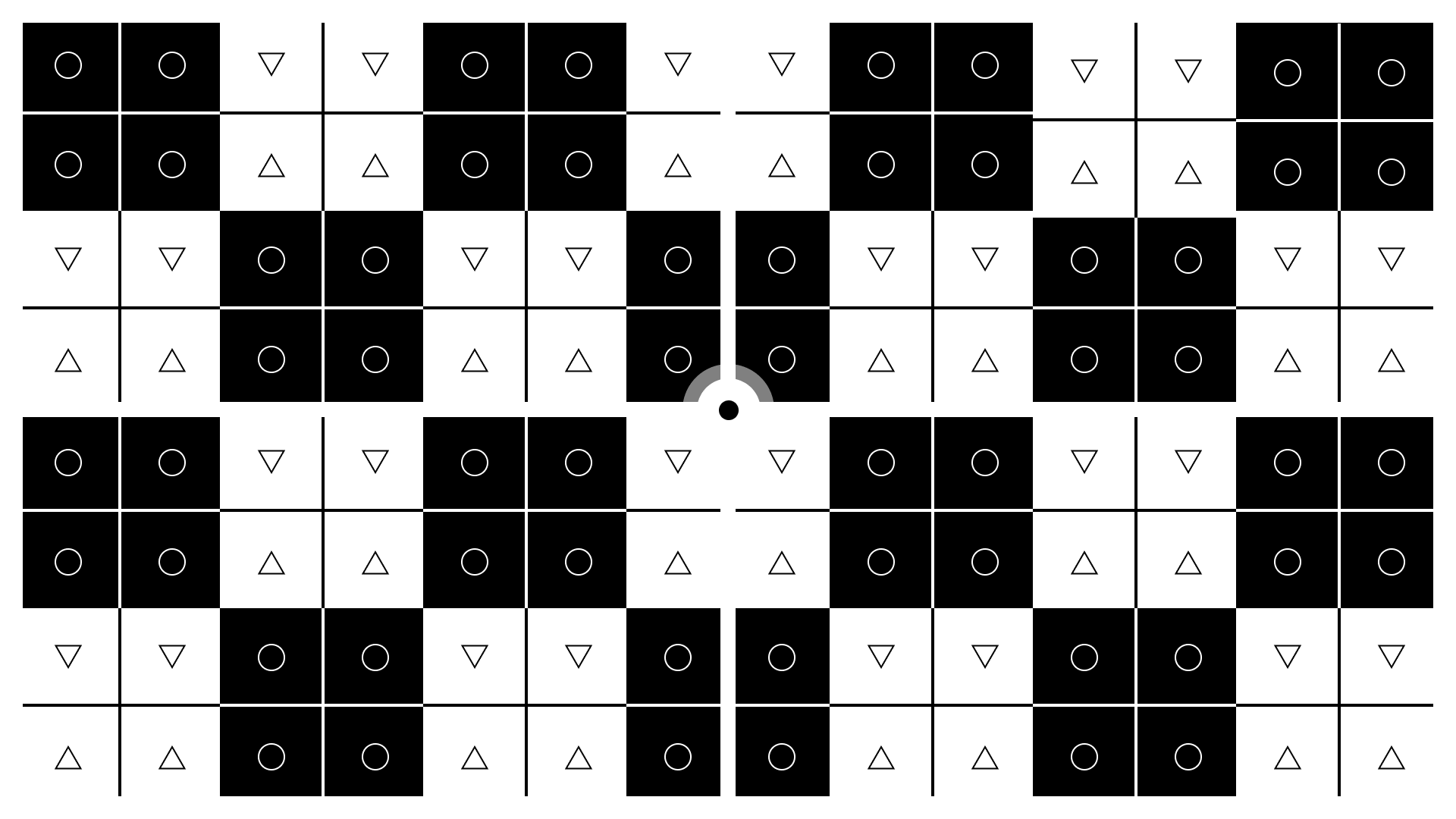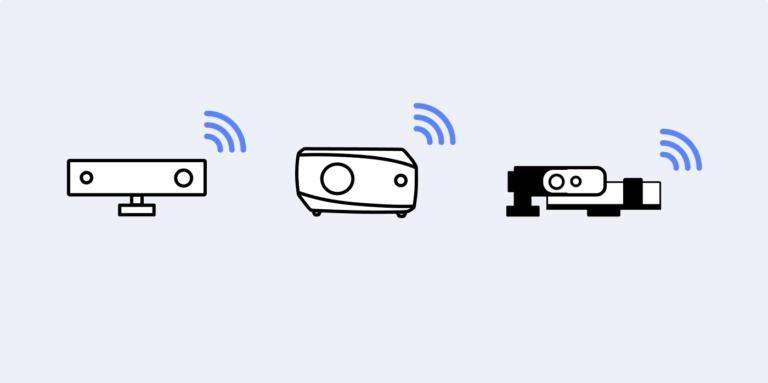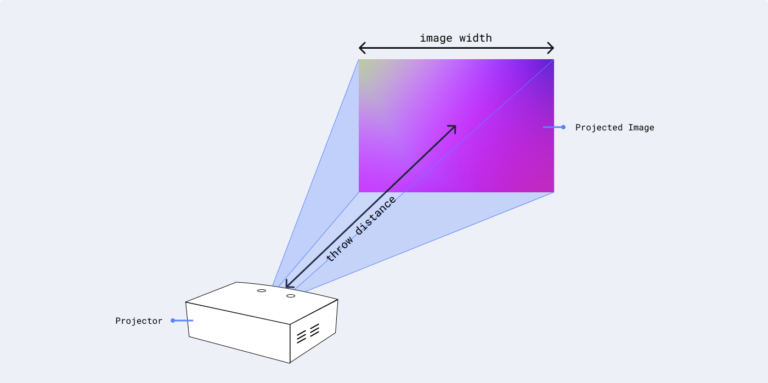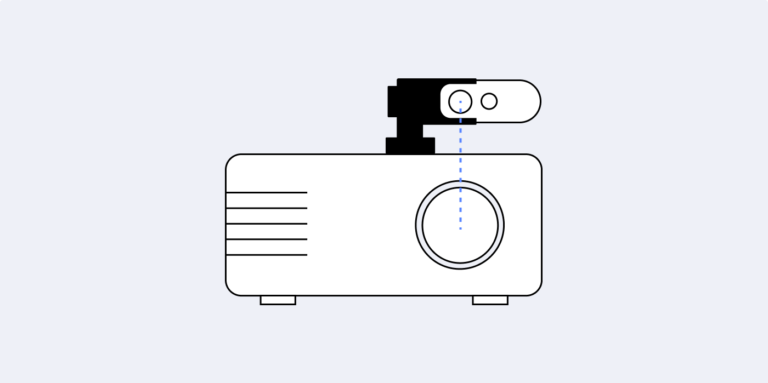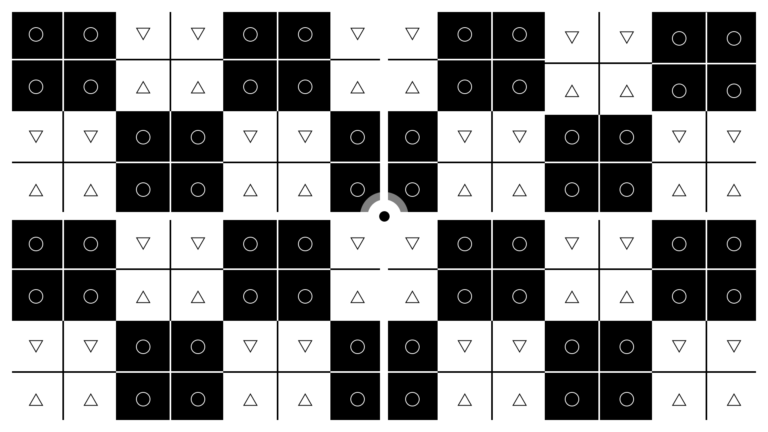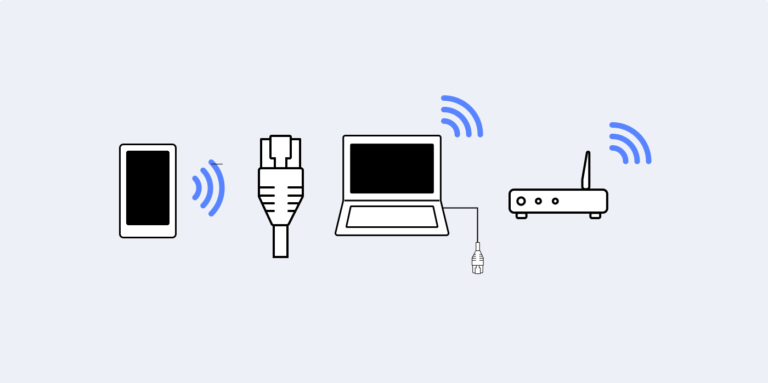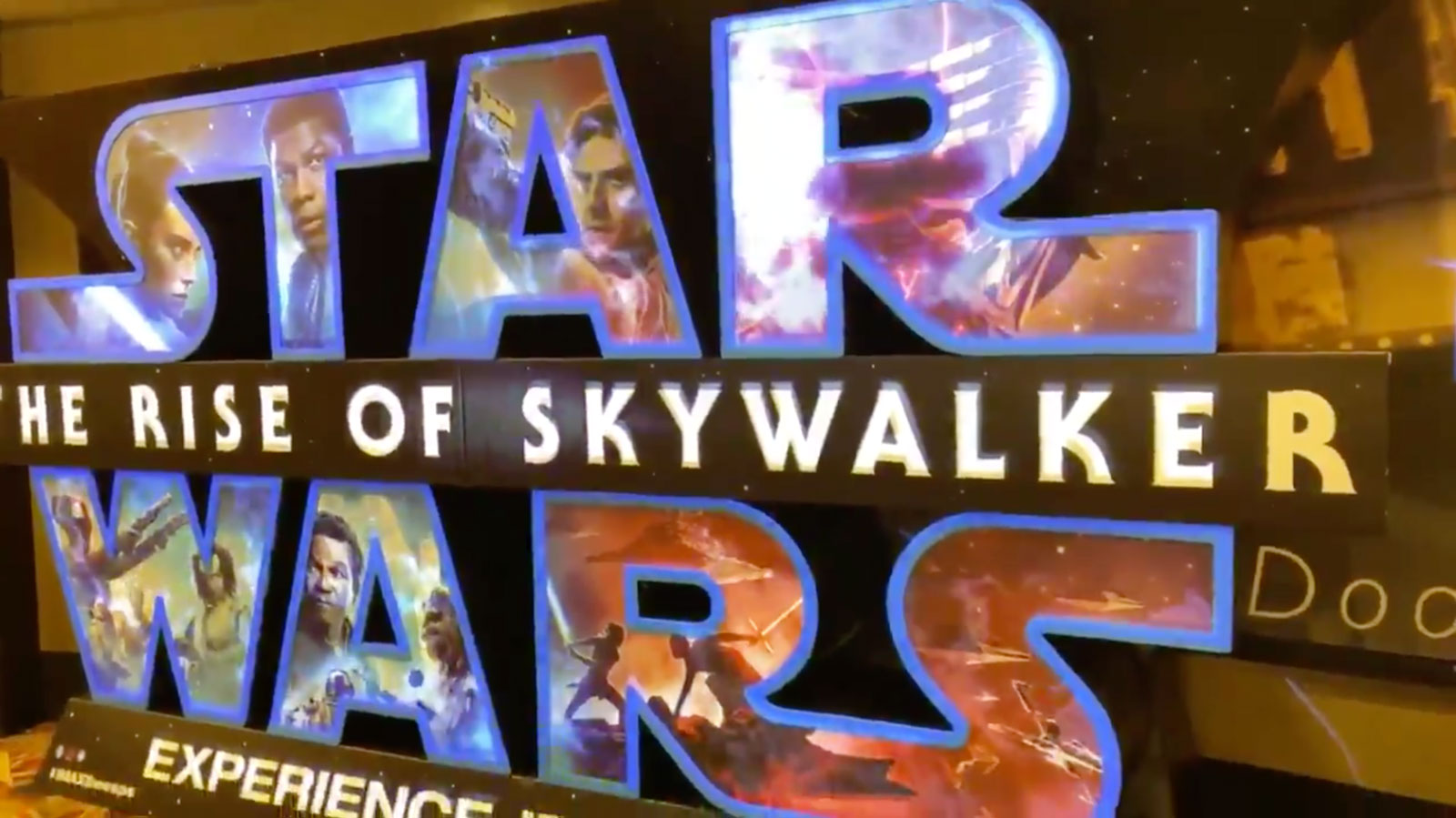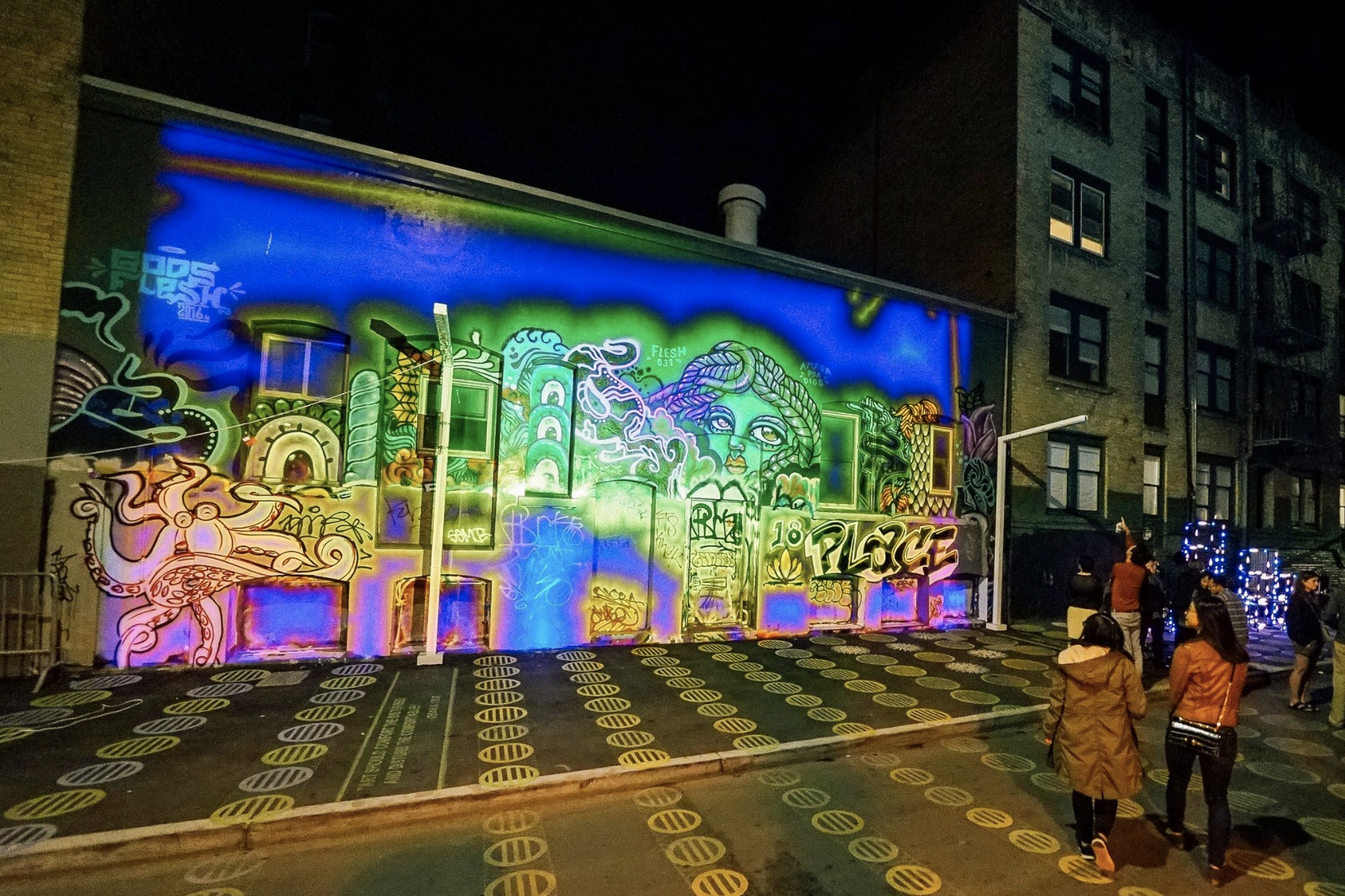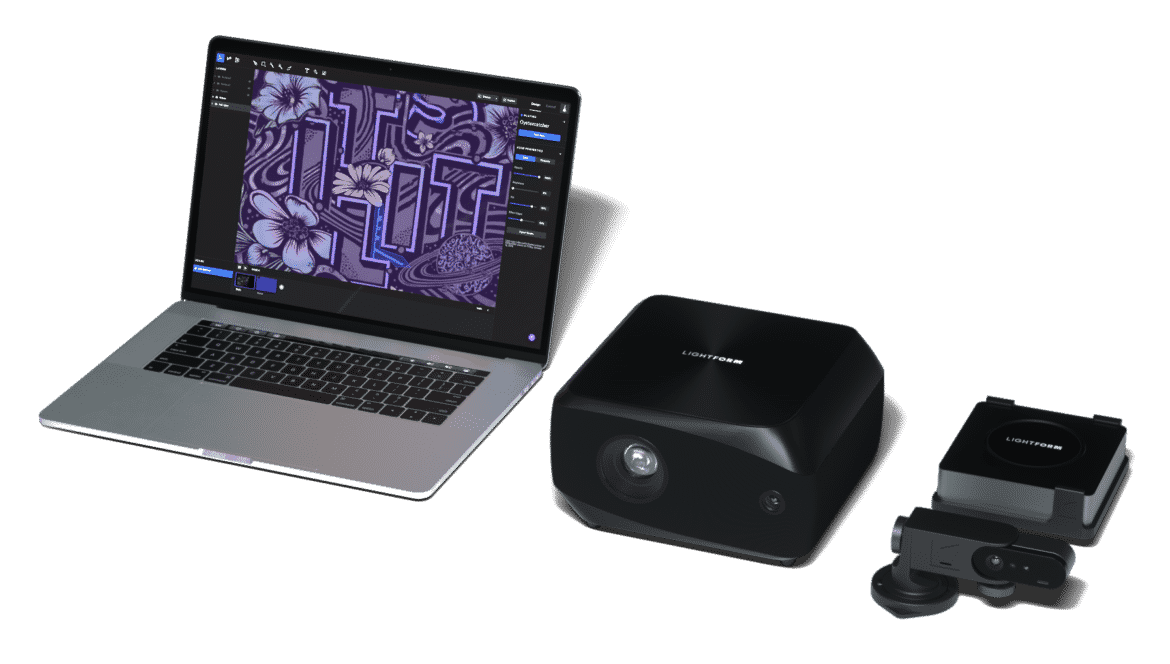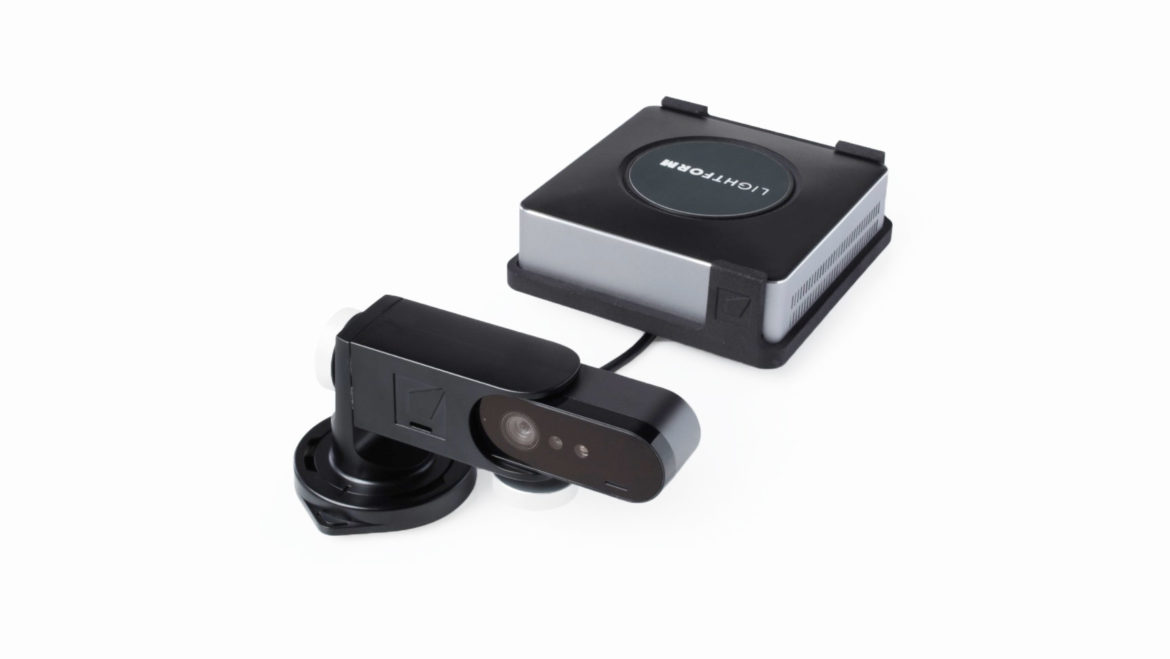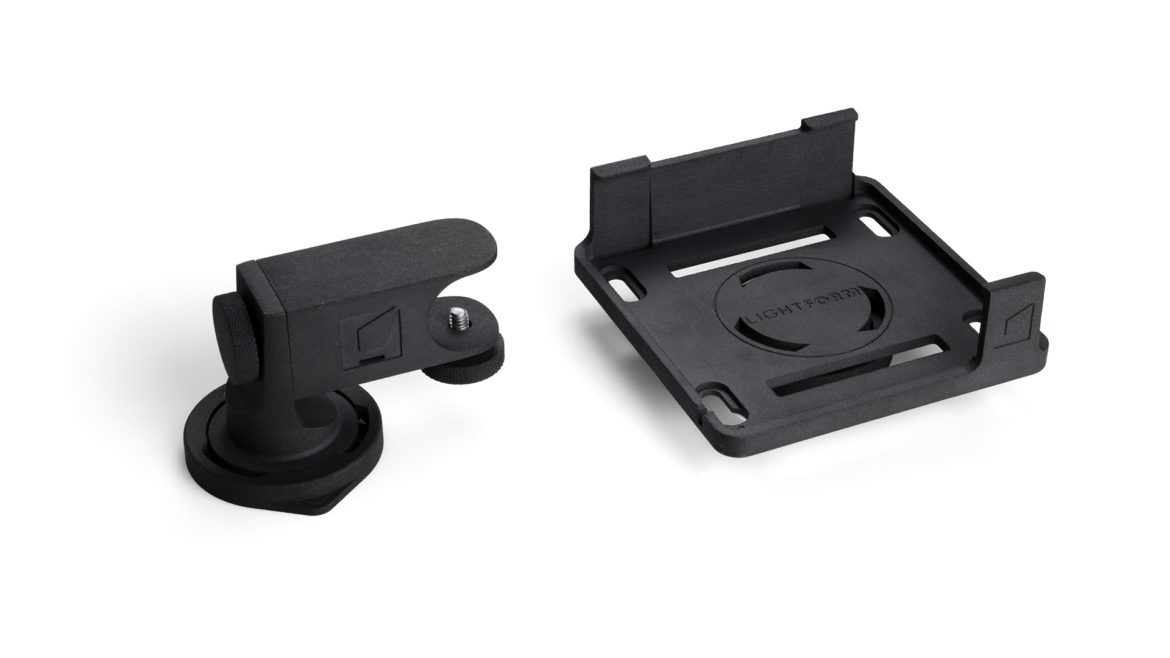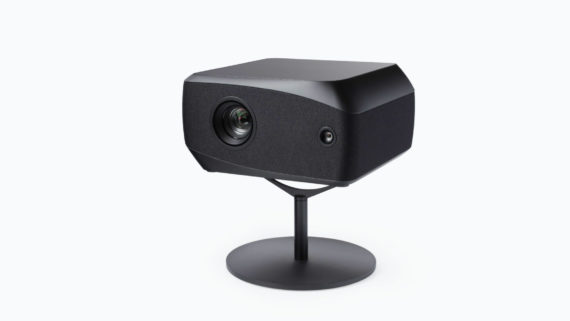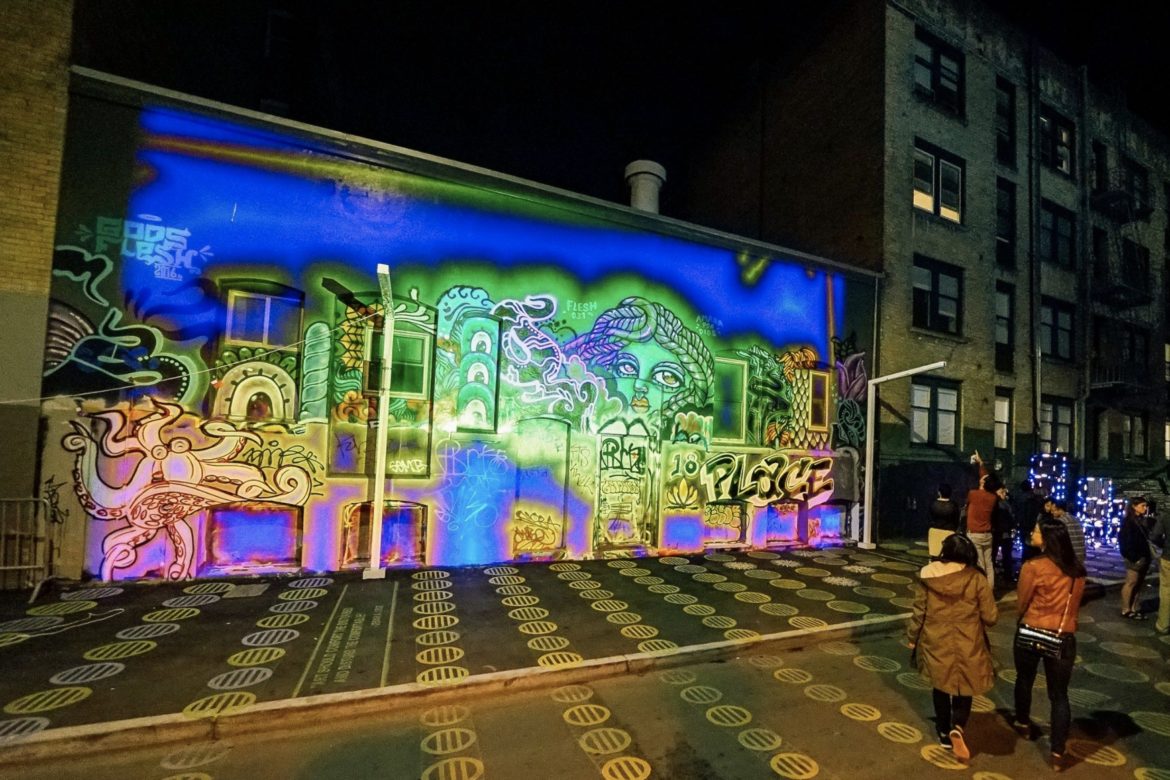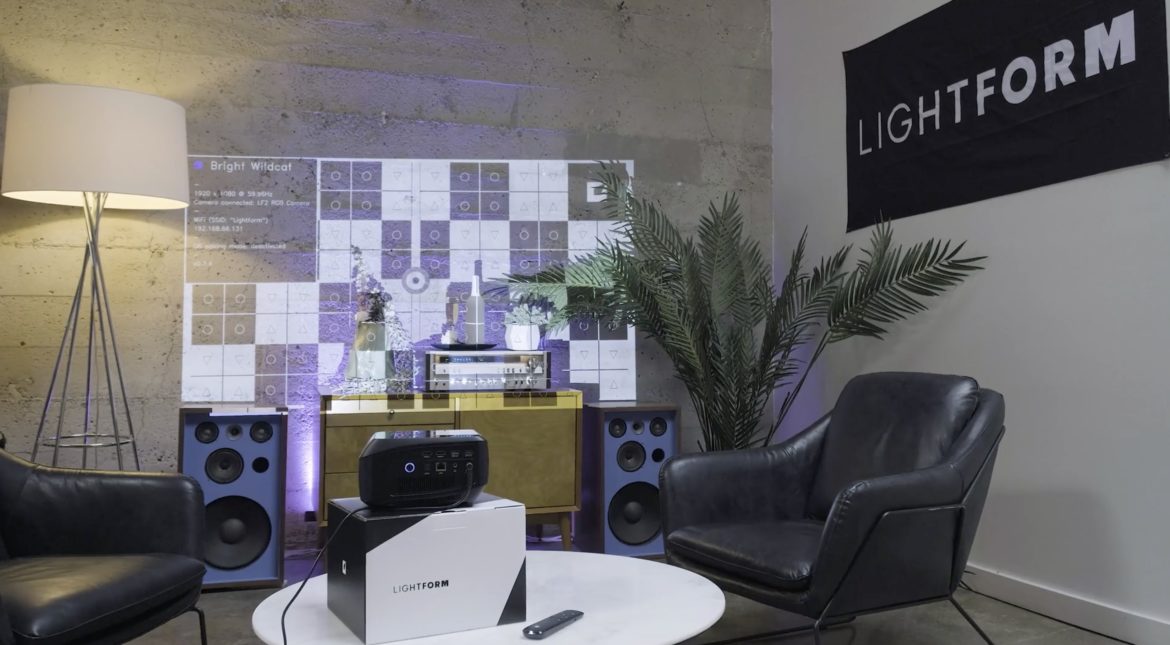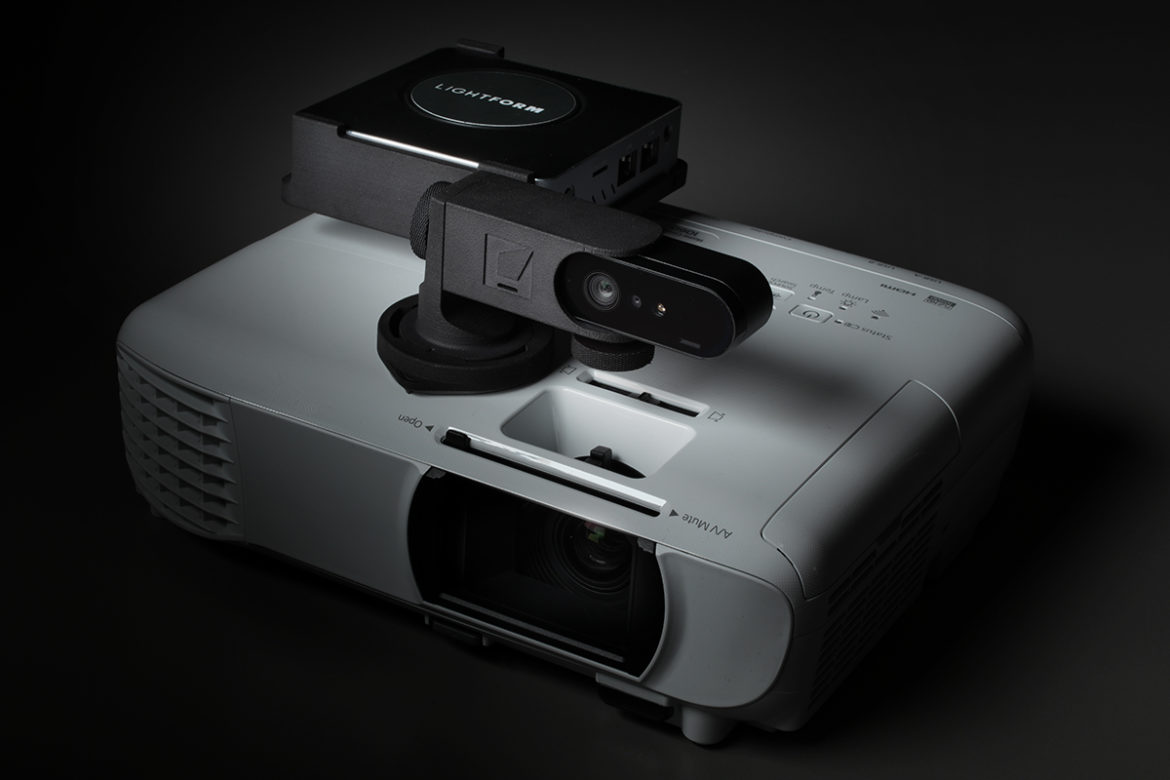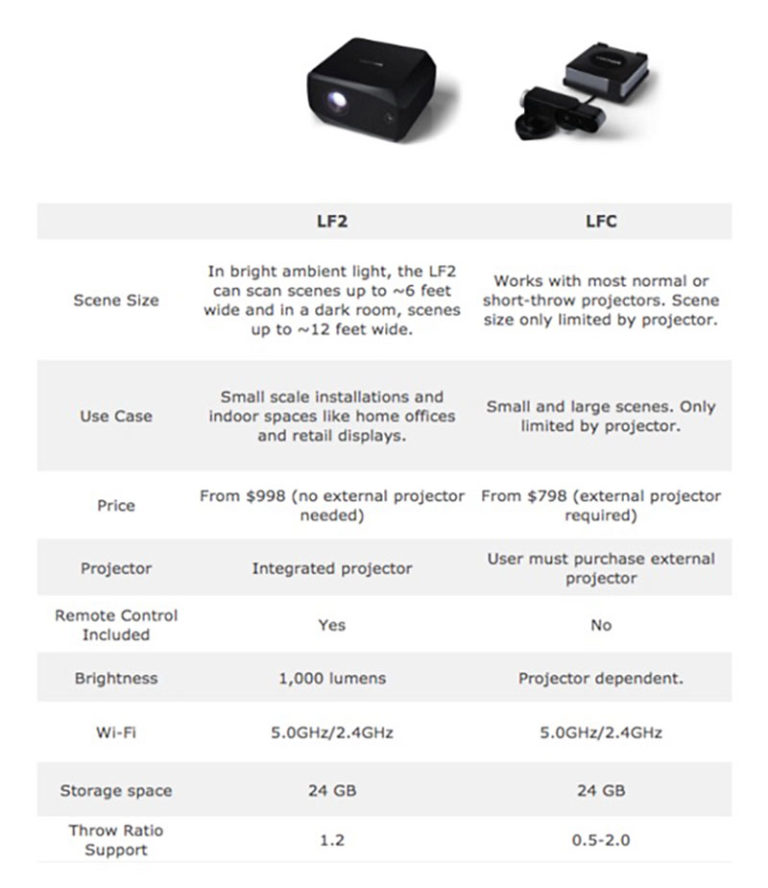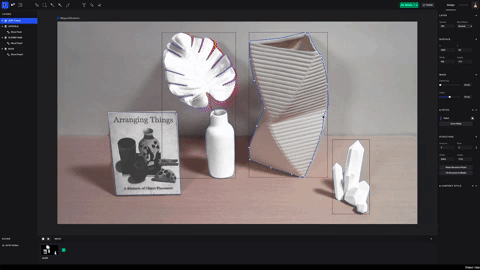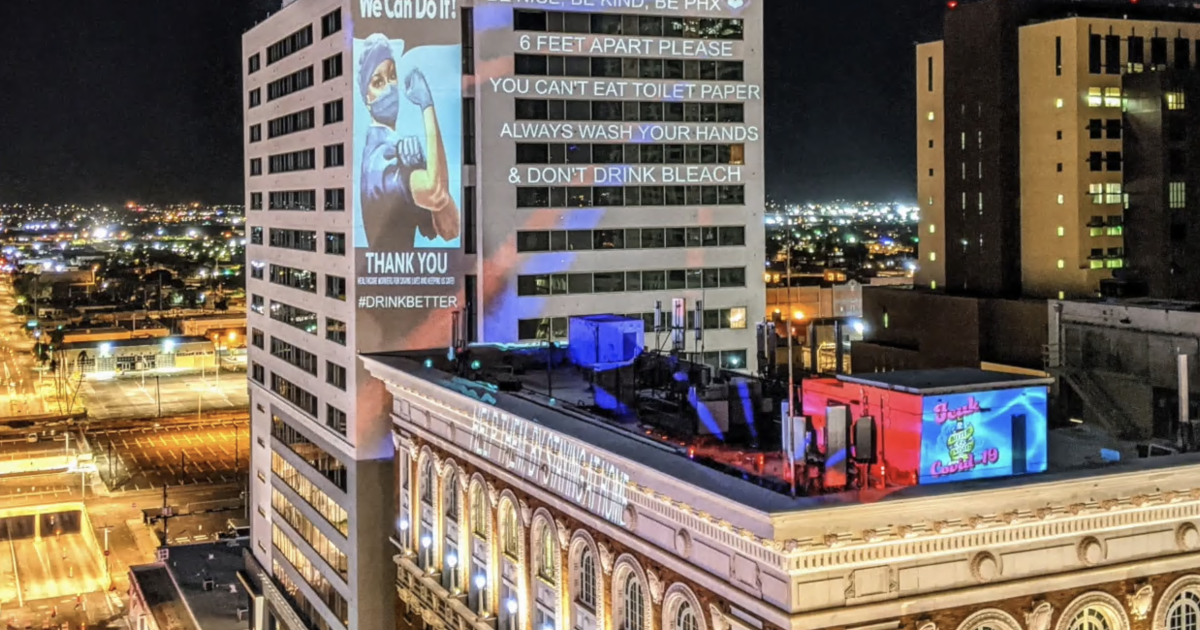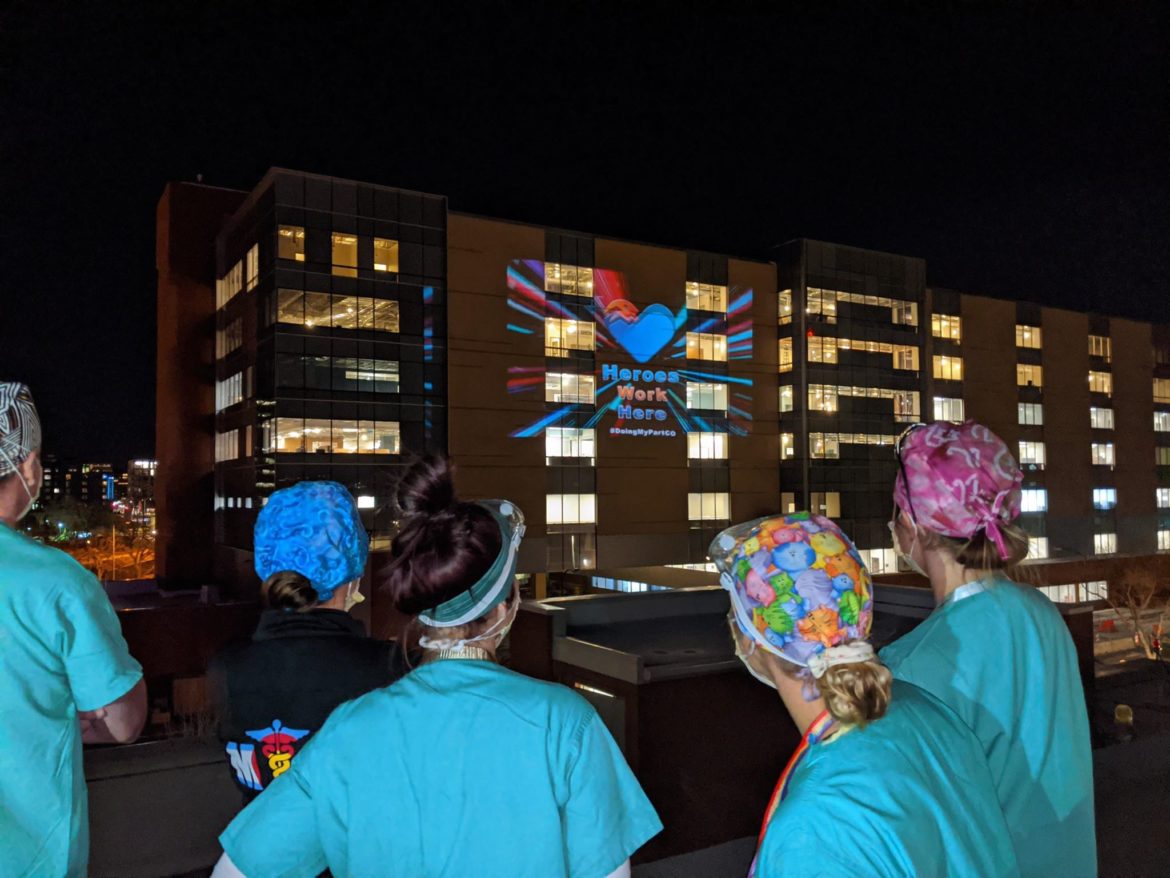The Lightform Guide is where we document everything related to our products, such as manuals, tutorials, and examples. The Lightform Guide is quite extensive, but we’ve found some articles are more popular than others. Below are the 5 most popular Lightform Guide articles to date that help people get up and running with their Lightform devices.
WiFi Pairing Workflow
All Lightform devices are designed to be used over WiFi freeing up users from having to carry and attach HDMI cables. Pairing over WiFi is one of the first steps in setting up your Lightform device and has to be done every time you are in a new location or using a new WiFi network. This Lightform Guide article takes you through the steps to pair your LF2, LFC Kit, or LF1.
Understanding Projector Throw Ratio
When choosing a projector, one of the most important things to understand is the projector throw ratio. This article on our Lightform Guide explains what it is and why it matters. This article is worthy of reference when evaluating which projector to use for your project(s) because the LFC Kit is a component that works in conjunction with your projector.
Set Up Your Lightform Device
Each Lightform model has different hardware, so it is set up differently. This Lightform Guide article has instructions for how to correctly assemble and power your Lightform so you can begin working with it in short order. While this might seem basic, this guide article covers a lot of great information to store away for future reference.
Getting A Good Scan
The foundational step underlying Lightform’s visual magic is scanning. Getting a good scan of the environment that you will be projecting on is the first step in creating a project with a Lightform device. Understanding the factors that can positively and negatively impact the scanning process will help save time and simplify the creation process. This article covers scanning tips and tricks to get better scans, explains the scanning process, and provides help on what to do if scan results are poor.
Networking Options
Not every environment is the same when working with Lightform. This is particularly true during the setup process as pairing a Lightform device requires some degree of networking and/or internet connectivity. This Lightform Guide article details 5 networking options to get you connected to your Lightform device including, Wi-Fi pairing, Ethernet, Mobile Hotspot, Pairing Mode without internet access, and sharing an internet connection from your computer.
These guide articles are a great resource to reference when setting up a Lightform device. Once you are comfortable with the workflow, you can explore our tutorials section to learn more about content creation and interactivity within Creator. If the Lightform Guide is new to you, we invite you to check it out.
Note:
As of August 12th, 2022, Lightform is no longer in business and is no longer providing technical support for the product. Please refer to the Lightform Guide and FAQ for self-help resources.
